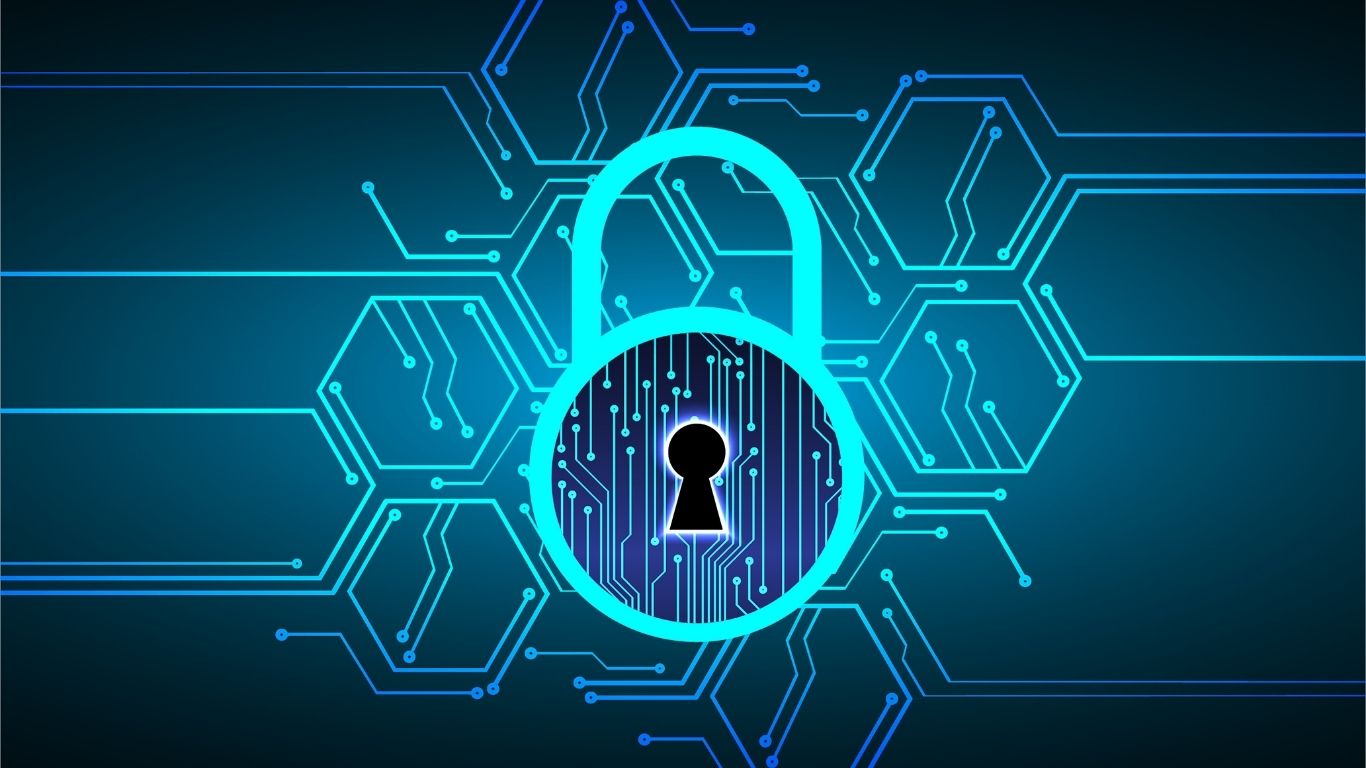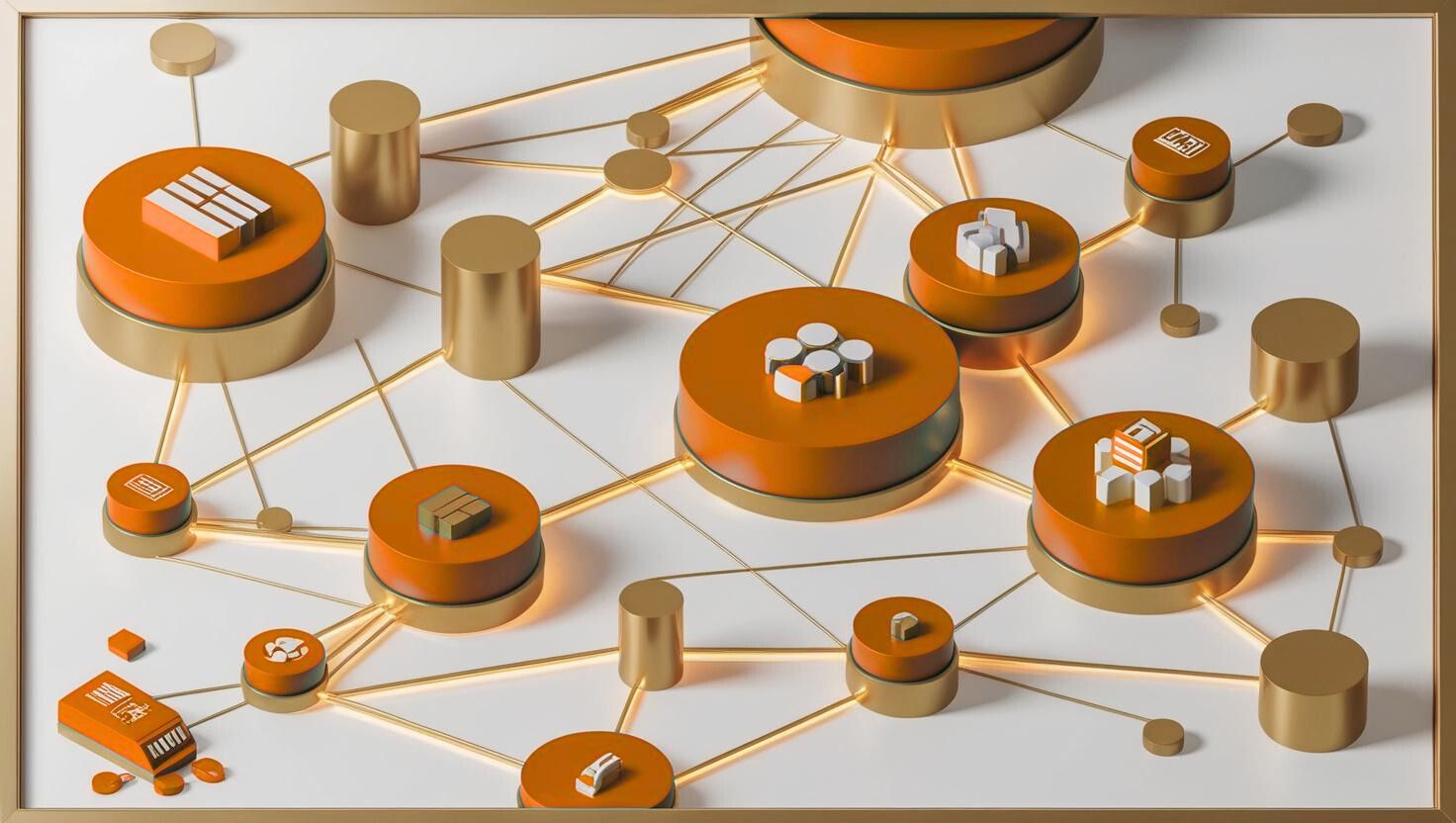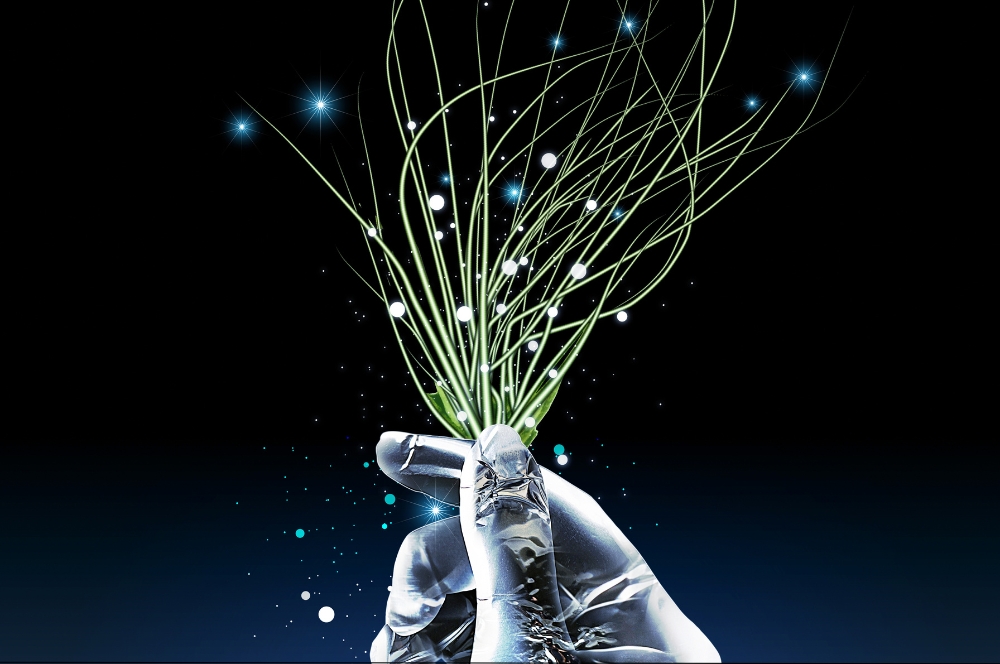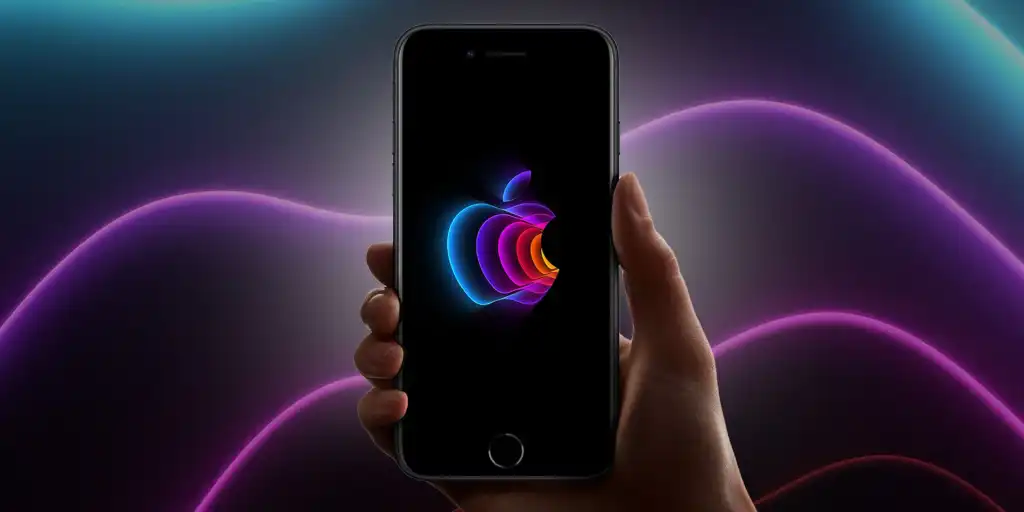Practice changes can generate significant impacts to the environment, comunity and finances.
Sustainability is the buzzword for many companies, which need to make their business more positive for the community that they operate. In general terms, sustainability means the realization of models and actions that allows the harmonious coexistence of social, environmental and economic relationships.
This triad of coexistence are the pillars of sustainability. Implementing aligned practices with them is a challenge, but a change in mindset and logic of action can be enough to take important steps towards sustainable models. Reverse logistic is the chain that takes care of the equipment and inputs already used in the company's daily life and needs to be properly disposed of. In case of electronics and devices used on telecom operations, a series of measurements can turn this logic more sustainable and positive.
Monitoring
Proper use of equipment is critical for your conversation and for better performance results. Remove unnecessary files, keep the operating system up to date, check cloud storage possibilities. All these tasks are essential for devices to operate at their maximum capacity or at their best.
In case of corporated cell phone, an specialized management of usage allows all characteristics of use to be computed in the form of indicators and evaluated within the optimization logic. The same goes for notebooks, batteries and other equipment used in information technology work.
This monitoring is an economically reversed task in the identification of behaviors that can cause problems and, thus, prevent them from happening. The reduction of problems also increases the useful life of the devices and, therefore, reduces the need to acquire new items in addition to reducing the generation of waste.
Maintenance
Keeping the components of an electronic device in good condition is a way to preserve its overall structure and increase its lifespan. Keeping this in mind is a good way to begin the need for a periodic overhaul of devices, both in terms of software and hardware.
Replacing a low-capacity battery is a good example of how a component health check and low-investment modifications can improve the user experience and optimize the processes carried out through the device. Upgrades in video cards for employees who use graphic editing programs also exemplify the improvement of user experience.
Likewise, optimized antivirus and storage cleaner applications are also important tools to prevent unnecessary damage. Depending on the scope of performed activities, specialized applications can also optimize performance.
The idea of periodic maintenance is precisely to prevent a specific problem in equipment from having a more generalized impact and culminating in unnecessary replacement, contrary to the chain of sustainable practices.
Repairs
Making more extensive repairs is also interesting to promote cost reduction, generate values for collaborators networking who works in repair of miscellaneous items and also prevent improper disposal.
The same goes for selling or donating broken equipment to people doing repairs. Instead of throwing it in the trash and adding another residue to the world, the components can be used in other equipment, closing the cycle of reuse of items.






















